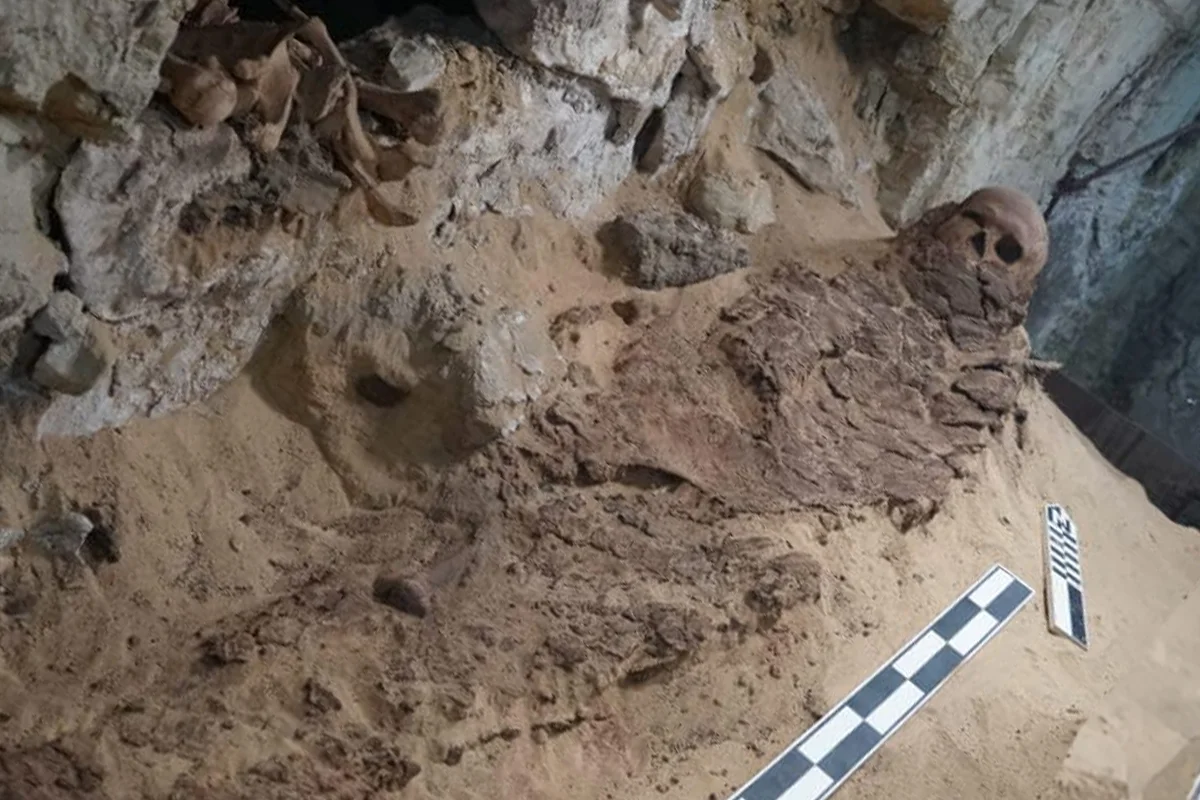A joint Japanese-Egyptian archaeological mission has uncovered four tombs at Saqqara from the late 2nd and early 3rd Dynasties, along with ten burials from the 18th Dynasty of the New Kingdom.
Located 40 km southwest of Cairo, Saqqara is one of the most important cemeteries of Memphis and served as the burial site for Egyptian royalty and dignitaries.
Dr. Mohamed Ismail Khaled, Secretary-General of the Supreme Council of Antiquities, explained that Saqqara still holds many untold secrets, and this latest find indicates that the necropolis extended further north than previously thought.
Furthermore, the discovery of 18th Dynasty burials confirms Saqqara’s continued use as a burial ground during the New Kingdom when Memphis was reinstated as Egypt’s capital after the expulsion of the Hyksos.
Excavations uncovered two mudbrick mastabas and two rock-cut tombs. One tomb, situated near the northern edge of the Saqqara plateau, features an upper structure and a burial shaft sealed with limestone blocks, which leads to the burial chamber.
Another mastaba, located near the rocky slope, consists of a mudbrick structure with a central rectangular pit. In the vicinity, researchers discovered several artefacts, including an alabaster dish and a solid cylindrical vessel, likely dating to the late 2nd Dynasty or early 3rd Dynasty.
Dr. Nozomu Kawai, the Japanese team leader, revealed that restoration and cleaning efforts were undertaken on a Greco-Roman tomb previously discovered. Human remains, wooden coffins, terracotta funerary models, and artefacts depicting deities such as Isis and Aphrodite were also recovered.
Header Image Credit : Ministry of Tourism and Antiquities
Sources : Ministry of Tourism and Antiquities





